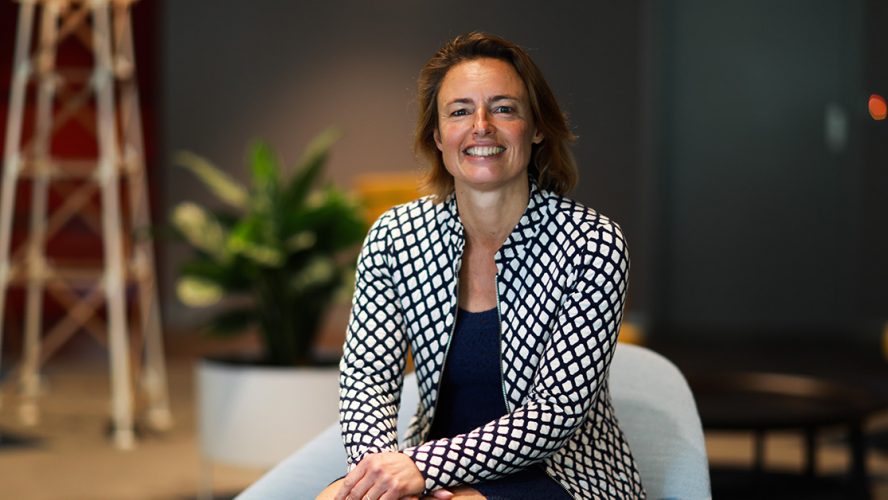A lot has been published recently about finding alternatives to expensive medicines. This is partly due to the report the Dutch Council for Public Health and Society published at the end of 2017, which stated that the government must be able to intervene in cases where manufacturers do not charge socially acceptable prices for their products — by encouraging pharmacy preparation and issuing compulsory licenses.
Patents
The report has ensured that things start moving — which is positive, since neither manufacturers, nor authorities or patients benefit from lengthy discussions. But from a legal perspective, the ability to apply the alternatives set out on the Council’s report is limited, and so far, little attention has been paid to that limitation.
The first limitation, and an important one, is the fact that these expensive new medicines are protected by patents that prevent them from being copied. Consequently, certain uses of these patents, such as the preparation, sale and commercial use of the medicines covered by the patent, is exclusively reserved for the patent holder — which is usually the manufacturer.
This means that under European and Dutch patent laws, it is forbidden for pharmacists to copy new medicines, even if they prepare them solely for their own patients.
Public interest
So could compulsory licenses for these patents be a solution? It is important to recognize that compulsory licenses are meant as an exception to the exclusive protection of patents — and therefore are rarely applied. But if the government decides to allow a compulsory license, then a company other than the patent holder may develop the medicine.
However a compulsory license is only granted if this is deemed in the public interest, for example in the case of epidemics of diseases for which there are not enough medicines available. Maybe the recent discussion about expensive medicines will lead to concerns over public health, and accessibility to medicines, being labeled as public interest.
But for the time being compulsory licenses offer limited scope. And if a license is granted, the licensee must pay a reasonable fee to the patent holder, as compensation.
Pharmacy preparation
Even if one is allowed to copy a medicine, there are still other hurdles to overcome. Medicines may not be marketed without a marketing authorization — but an exception applies to medicines prepared in a pharmacy on a small scale, that are supplied directly to the pharmacy’s patients.
As this exception is therefore limited to a relatively small number of patients, preparation of medicines by a pharmacy is unlikely to be a realistic alternative to expensive medicines.
The supply of medicines from one pharmacy to another is prohibited by European and Dutch law, but is tolerated in the Netherlands — if there are no alternatives available with a marketing authorization.
Another interesting possibility is the repurposing of medicines that are already approved.
In the case of expensive medicines, there will nearly always be an available alternative that has a marketing authorization, so this pharmacy-to-pharmacy supply will not be an alternative solution to expensive medicines, either.
Other options
So what are the realistic alternatives to ensure the availability of expensive medicines on the Dutch market? The price negotiations that Minister Bruins (Medical Care and Sport) enters into with manufacturers could offer a potential avenue. However, this negotiation tool still has to be developed, from the current ‘black box’, which may lack transparency, to a more structured approach — in which both manufacturers and the government know where they stand and which factors are relevant when agreeing the price.
In this respect, the recently introduced legal framework determining which medicines are not automatically reimbursed, providing the possibility for the Minister to negotiate about the price of those medicines, is a first step. And Minister Bruin’s intention to adjust the system that a new medicine goes through before it is reimbursed to make it more cost and time efficient is another important step.
And newly-applied pricing models, like pay-for-performance, also offer possibilities to influence the pricing of medicines. We currently have more knowledge and data on how medicines perform in real life, so the price can be linked to the results and benefits of a medicine. Unfortunately, the opportunities to apply such new pricing models remain under-examined so far.
Repurposing, innovation and potential cost savings
Another interesting possibility is the repurposing of medicines that are already approved. One example where this is happening is the Antoni van Leeuwenhoek hospital, which discovered that a medicine for a rare form of lymphoma is also effective in patients with melanoma that has become resistant to standard treatment. The hospital is allowed to produce and commercialize this medicine — as the patent on the active substance has expired, and the drug is being used for another purpose.
New developments based on abandoned drugs — medicines that have not reached the market for reasons other than safety — also offer high potential. Giving these medicines a new life will likely entail innovation and cost advantages — unlike just replicating a medicine, which is a well-known innovation killer.

